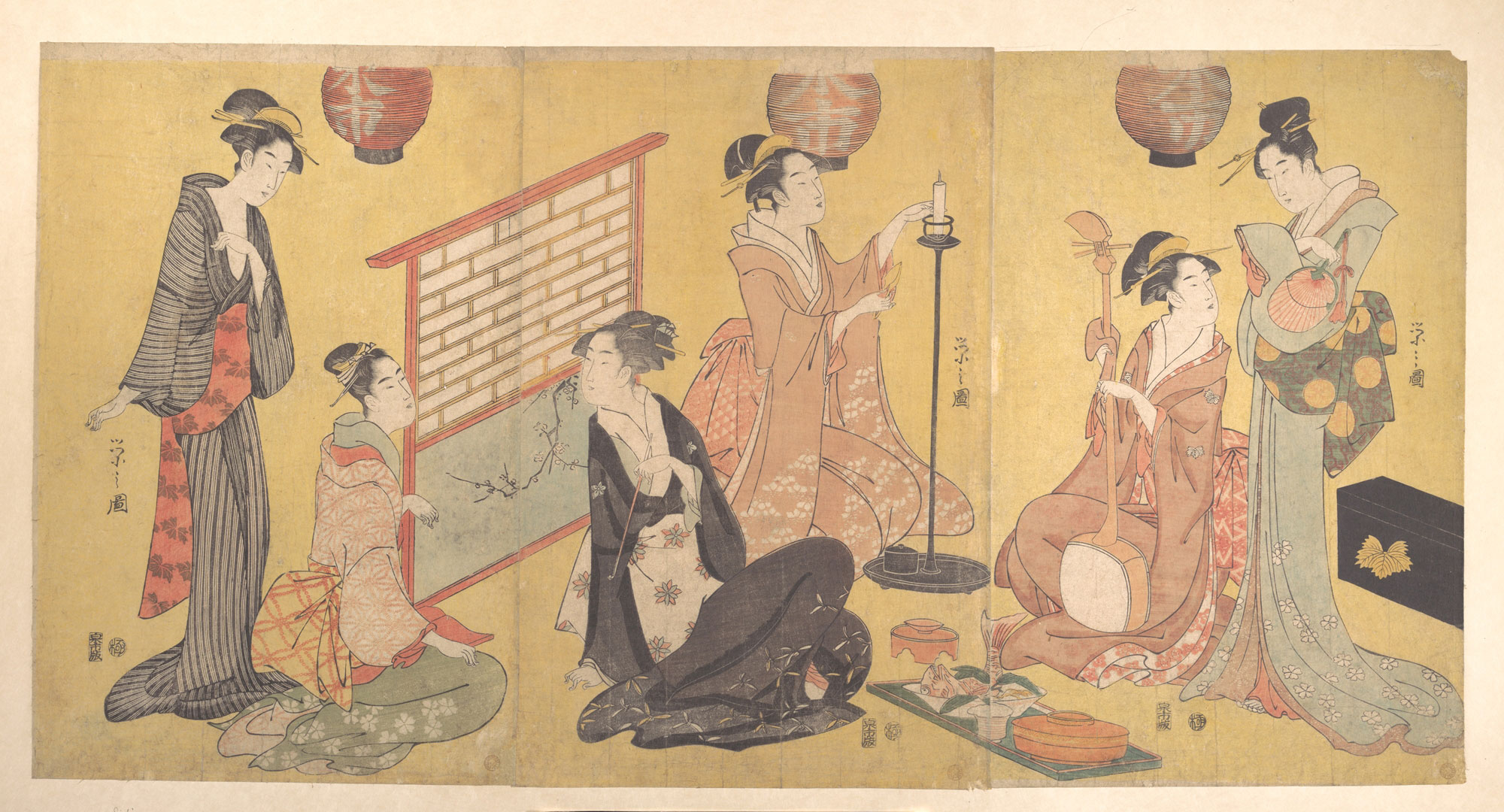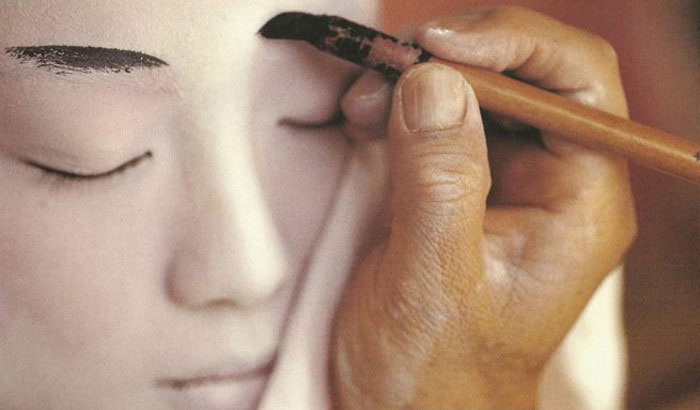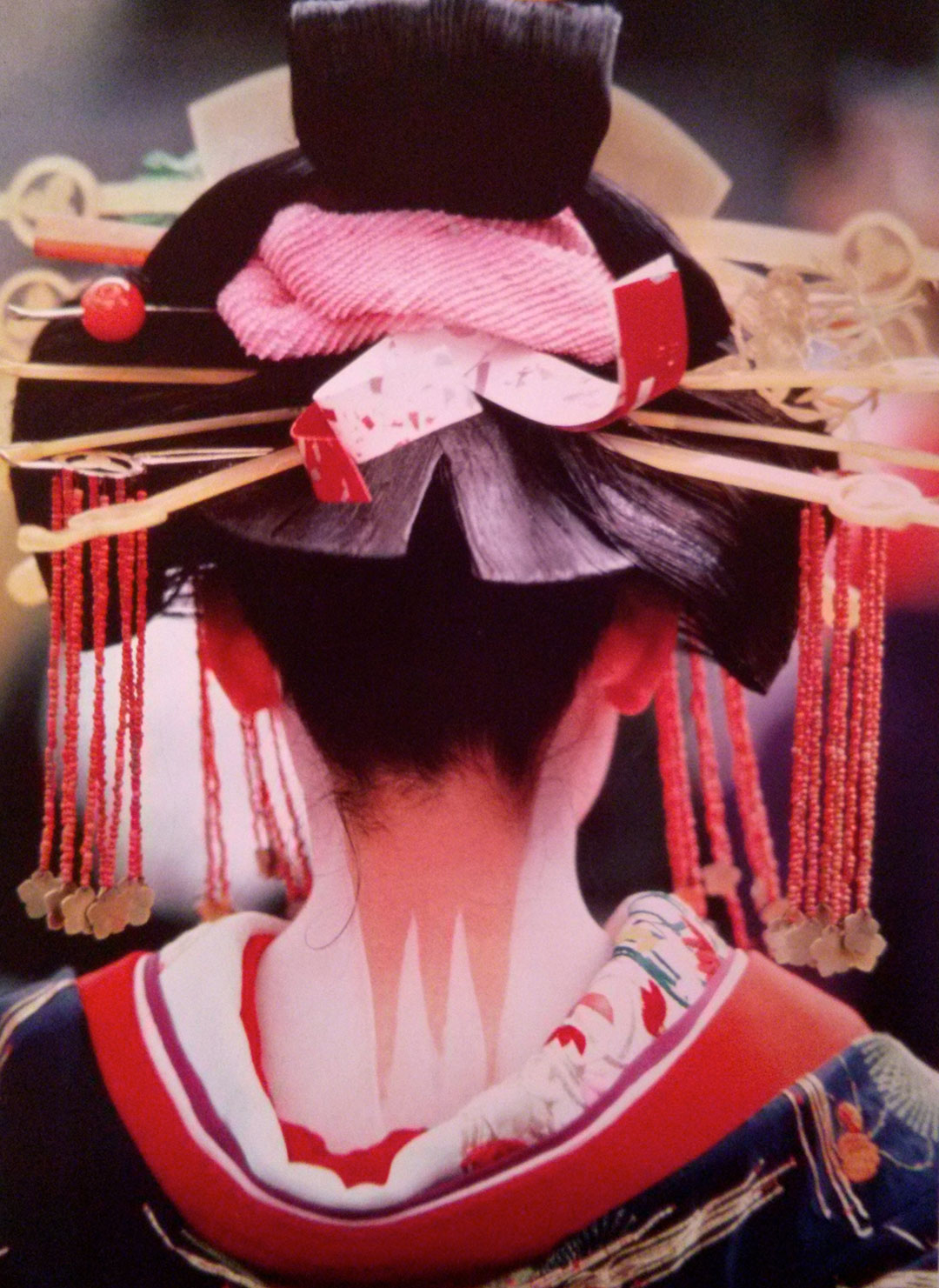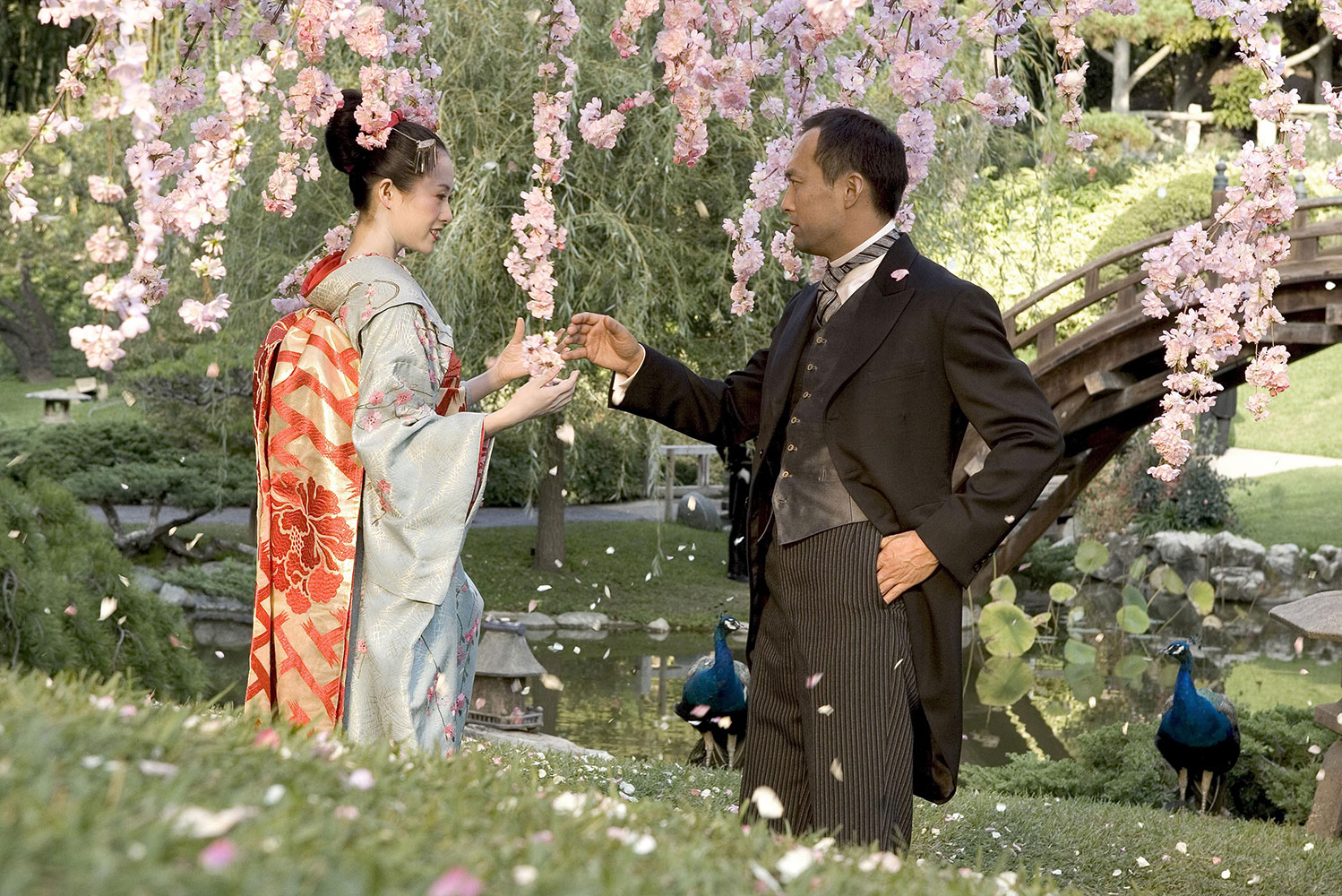Japanese Culture: Geisha & Maiko
Maiko and Geisha: Dancing Artists

photo credit: metmuseum.org
The most representative and mysterious artistic figure of the ‘Country of the rising sun’ is the Geisha (芸者 “Person who embodies art”).
She is often confused with the Maiko (舞妓 “Dancing girl”) that is the apprentice and aspiring geisha. To become a geisha is required a long period of apprenticeship in dedicated schools. Here girls learn how to dance, sing and the use of the Shamisen (三味線 “Three strings” typical musical instrument). Regarding the skills of entertaining costumers, the maiko learns everything following a geisha around the many tea houses. The relationship between maiko and geisha is like a real ‘Sisterhood’. The two of them respectively call each other imoto-san or “younger sister”, and onee-san “big sister”. The bound between them is so strong that the stage name of the future geisha is chosen by her big sister, and the maiko will carry that name for all her artistic career.


photo credit: freshdesignpedia.com
The bright colors of their kimonos will become darker as the geisha becomes older. The Nihongami, the typical hair-style of the Edo period, is very intricate and difficult both to realize and to maintain. It is usually embellished with the Kanzashi, decorative hair ornaments that would vary depending on the season (for example flowers in spring, doves for the New Year). The kanzashi too will become simpler over time, and the excessive make-up, with its typical small carmine lips standing out on a snow-white face, will be substituted with a different one for a more natural effect.
The little habit of exposing the neck (in the Japanese culture the neck is the most sensual part of a woman) will add another painted white line to the two lines previously used.
In the past the daughters of geishas would start on this path at a young age. Nowadays it is more common to start the apprenticeship after completing university studies. Nevertheless, this is a career started out of their free will and not in order to continue a family tradition. It must be said that this community made of women, with their strict traditions and strong moral ethics, is determined to keep its centuries-old secret.
“The art of being a woman”

photo credit: Pinterest
Usually, in the common imagery, geishas are women full of charm but submissive, devoted to their man and their every little whim. However this is a mistake since in the past they were the first women in the Japanese society with full autonomy.
Everything started from the Taikomochis (太鼓持), jesters that entertained the Shōgun (将軍 “commander of the army”) and his Daimyō (大名) the nobility, with acrobatic exercises and jokes.
In spite of the Taikomochis being really appreciated for their carefree spirit, this figure came to slowly disappear with the appearance of the first geishas. Obviously the created a sensation and they were soon preferred to taikomochis for their sensual movements and feminine gracefulness.
But these women were not courtesans nor prostitutes. Prostitutes were identified as Oirans (花魁). Geishas were artists highly requested. Theirs skills included dancing, singing and music in general. They also had to be good conversationalist and entertainer. They would perform their profession in the Okiya (置屋) or “Geisha houses” in Kyoto, the capital of the Empire at that time. During the second half of ‘800 the isolation of Japan, that had lasted for about two-hundred years, came to an end. This was the exact moment when Europe came in contact with a new exotic harbor.
With this, the whole world came to know the figure of the geisha and her charm. And they would influence the occidental style and costumes too. Puccini composed the moving Madame Butterfly, and in the field of the pictorial arts they became muses for well-know painter of the time. Manet, Monet, Klimt, Renoir and Van Gogh are just some of the artists that tried to take their inspiration from this so-called Nipponism. This artistic movement was a tribute to the art of the Ukiyo-e (浮世絵 “picture of the floating world). And not only this, we find geishas in the prints of Katsushika Hokusa (The Great Wave off Kanagawa) and Kitagawa Utamaro. Utamaro in particular became famous for his prints dedicated to women. The more this artistic movement grew in Japan, the more the ukiyo-e prints became famous all over the world too, and the demand for it equally increased.

photo credit: makeuppix.com
“Wives of nightfall”
During the Second World War with the arrival of American soldiers the figure of the geisha was distorted. They were given the role of prostitutes because the young girls comforting the soldiers were called “geisha girls”. This produced an anti-feminist and erroneous idea of this women.
It was really difficult for the geishas to focus on love because of the strict rules required in this profession. They could have as sole companion their Danna (旦那). In Japanese “danna” means master and he was the closest thing to a husband for them. He would take care of his protege financially supporting her performances, and sometimes extinguishing the debt that she had with the okiya for her instruction. Usually it was the danna that would chose his geisha, not the contrary. Nevertheless it was not rare for them to fall in love.
Luckily times have changed. Today geishas can freely fall in love with the person they want, but obviously they will put an end to their activities after marriage. It is common for ex geishas to become dance teachers.

still from the movie “Memoirs of a Geisha”
The number of geishas is strongly decreasing and it is a profession kept alive mostly for touristic purpose. In fact, their audience is not made by men only, but women appreciate them too.
I would like here to report the marvelous words of Arthur Golden that with his best seller “Memories of a Geisha” created a beautiful picture of this figure. He allowed us to rediscover this parallel universe half-way between the past and the modernity.
“Geisha is an artist of the floating world. She dances. She sings. She entertains you. Whatever you want. The rest is shadows. The rest is secret.”
Share this:
- Click to share on Facebook (Opens in new window)
- Click to share on Twitter (Opens in new window)
- Click to share on Tumblr (Opens in new window)
- Click to share on Pinterest (Opens in new window)
- Click to share on Telegram (Opens in new window)
- Click to share on WhatsApp (Opens in new window)
- Click to share on Reddit (Opens in new window)
- Click to print (Opens in new window)






